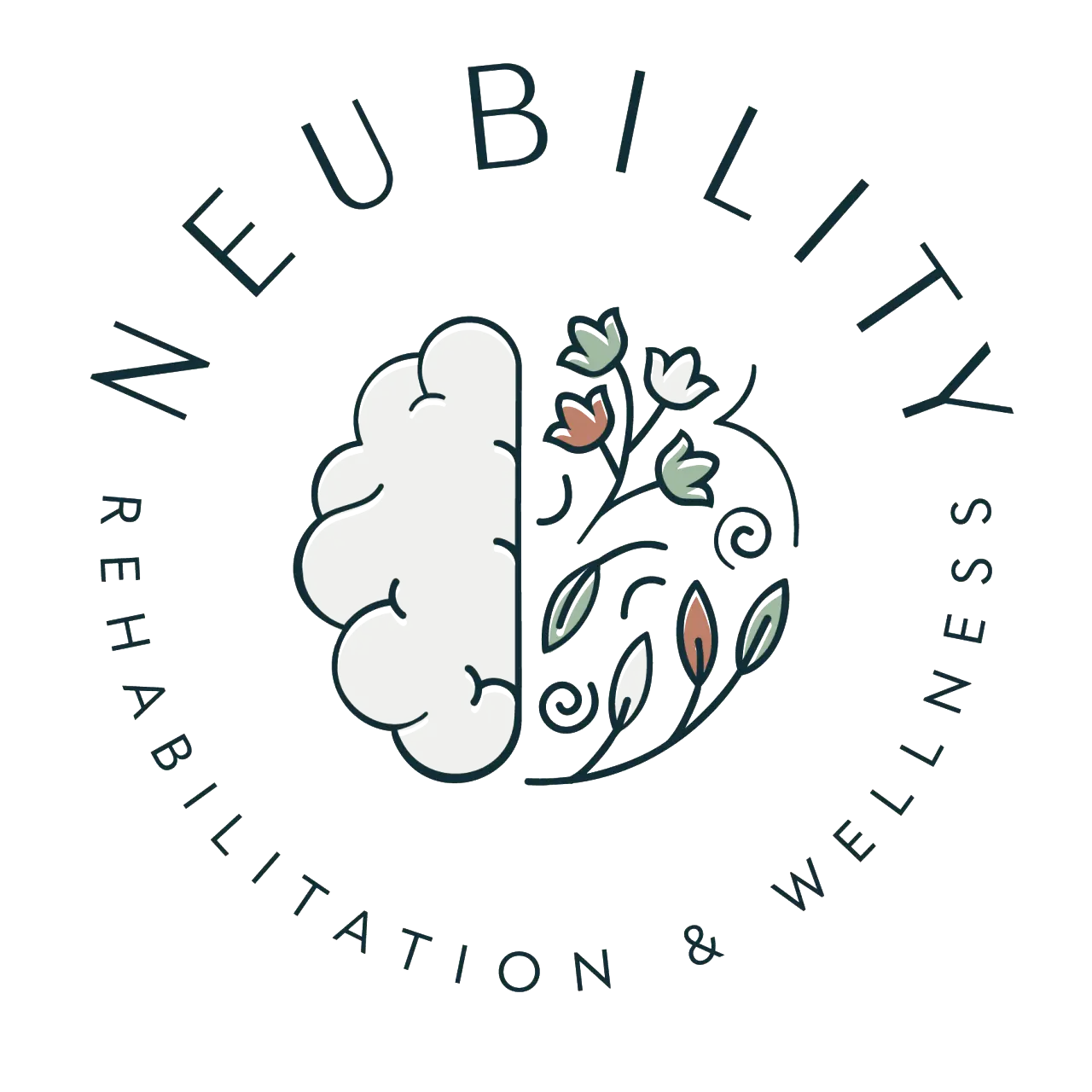Vestibular hypofunction is a condition that affects the inner ear’s ability to maintain balance and spatial orientation. This condition can lead to symptoms such as dizziness, imbalance, and difficulty with vision and coordination. Fortunately, vestibular hypofunction rehabilitation therapy (VRT) is an effective approach to managing these symptoms and improving quality of life. This blog will explore what vestibular hypofunction is, how physical therapy for dizziness works, and practical tips for those working with physical therapy to address this condition.
Understanding Vestibular Hypofunction
The vestibular system, located in the inner ear, plays a crucial role in maintaining balance and spatial orientation. It consists of the vestibular labyrinth, which includes the semicircular canals and the otolith organs. These structures detect head movements and send signals to the brain to help maintain balance and coordinate movements.
Vestibular hypofunction occurs when there is a reduction in the function of one or more parts of this system. This can happen in unilaterally (1 ear) or bilaterally (2 ears). This condition can be caused by various factors, including:
- Vestibular Neuritis: Inflammation of the vestibular nerve, often due to a viral infection.
- Labyrinthitis: Inflammation of the inner ear structures, usually following an infection.
- Aging or Degeneration: Age-related changes or damage to the vestibular system. As we age, the vestibular system naturally become weaker.
The Role of Vestibular Rehabilitation Therapy (VRT)
Vestibular Rehabilitation Therapy (VRT) is a specialized form of physical therapy designed to help individuals with vestibular disorders. The primary goals of VRT are to:
- Reduce Symptoms: Address dizziness, vertigo, and imbalance.
- Improve Function: Enhance balance, coordination, and overall mobility.
- Promote Compensation: Enable the brain to compensate for the impaired vestibular function by using other sensory systems (e.g., visual and proprioceptive systems).
Components of Vestibular Rehabilitation Therapy
**1. *Vestibular Exercises*
Vestibular exercises are designed to help the brain adapt to changes in the vestibular system. Key exercises include:
- Gaze Stabilization Exercises: Improve the ability to maintain visual focus during head movements. One common exercise is the “VOR x1”, where you focus on a stationary object while moving your head side to side or up and down.
- Balance Training: Exercises that challenge balance and coordination, such as standing on one leg or using balance boards. These help improve stability and reduce the risk of falls.
- Habituation Exercises: Aim to reduce sensitivity to specific movements or positions that provoke dizziness. These exercises involve repetitive exposure to triggering movements to decrease the intensity of the symptoms.
**2. *Balance training*
Strengthening the muscles of the legs, core, and upper body can enhance overall stability and prevent falls. Balance training utilizing different systems of the body can overall help improve balance and stability.
**3. *Functional Training and Habituation*
Functional training focuses on integrating balance and coordination skills into daily activities. This might include practicing tasks like walking on uneven surfaces, climbing stairs, or turning around quickly. Functional training and habituation exercises helps individuals adapt their skills to real-world challenges.
Our experienced physical therapists in Pinellas Park will be able to help you get started on a program as well as progressing the program as appropriate.
Practical Tips for Effective Rehabilitation
**1. *Stay Consistent*
Consistency is key to achieving the best outcomes with VRT. Follow the exercise routine prescribed by your therapist and make it a part of your daily routine.
**2. *Start Slowly*
Begin with exercises that are manageable and gradually increase the difficulty as your balance and coordination improve. Overexertion can lead to increased symptoms, so pace yourself and adjust the intensity as needed.
**3. *Monitor Your Progress*
Keep track of your symptoms, exercise routine, and overall progress. This information can be valuable for your therapist in adjusting your treatment plan and ensuring that your rehabilitation is on track.
Conclusion
Vestibular hypofunction rehabilitation can significantly improve quality of life for those affected by balance and dizziness issues. By performing in targeted vestibular exercises, functional training, and maintaining a consistent practice, individuals can achieve better balance, coordination, and overall well-being.
If you suspect you have vestibular hypofunction or are experiencing symptoms of balance dysfunction, contact Neubility Rehabilitation and Wellness in Pinellas Park for a comprehensive evaluation and personalized treatment plan. With the right approach and support, navigating the path to better balance and improved function is entirely achievable.


